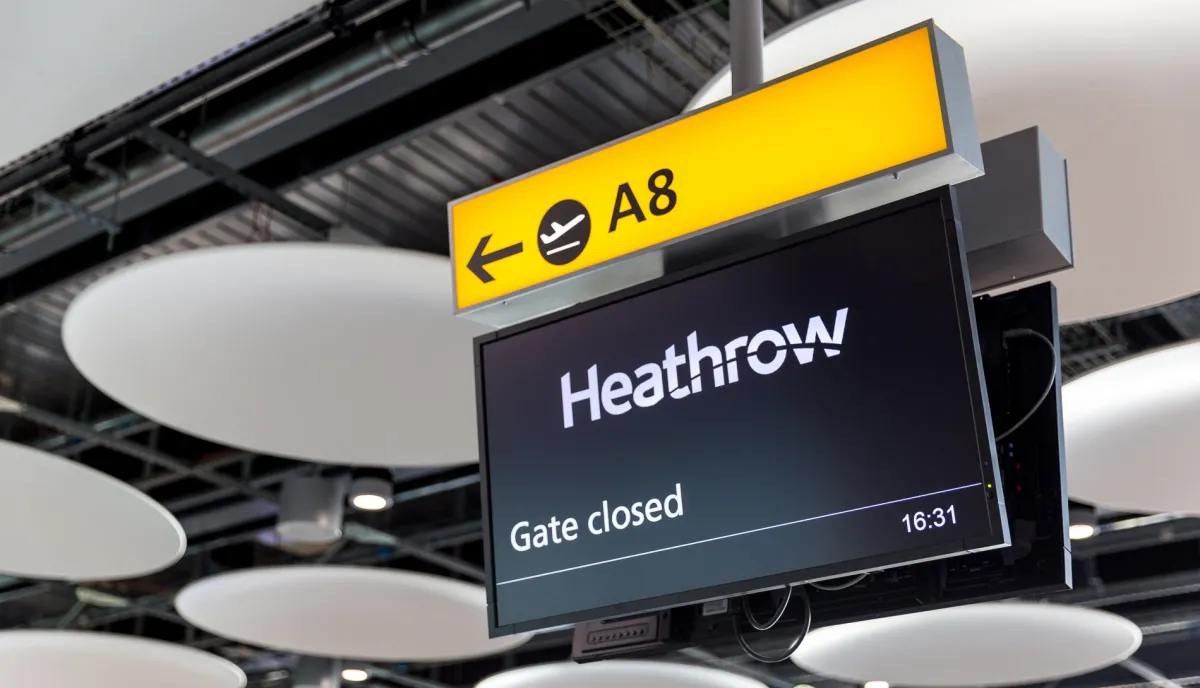power outage
aviation
resilience
airports
British Airways
Ryanair
infrastructure
regulation
cancellations
Skift
After the Outage: What Heathrow’s Shutdown Revealed About Aviation’s Fragile Infrastructure

power outage
aviation
resilience
airports
British Airways
Ryanair
infrastructure
regulation
cancellations
Skift
One week after a catastrophic power outage paralyzed London Heathrow—Europe’s busiest airport—the aviation world is still reeling from the chaos. While planes are once again in the sky and terminals humming with travelers, the incident has sparked serious questions about operational resilience, regulatory oversight, and the cost of unpreparedness in modern aviation.
In a compelling report curated by Skift airline reporter Meghna Maharishi, three of Europe’s top airline CEOs offer unfiltered perspectives on the breakdown—and what it exposed.
“I Was Surprised Heathrow Didn’t Have Resilience for This”
Luis Gallego, CEO of International Airlines Group (IAG), the parent company of British Airways, recounted the moment his team was told to cancel every flight. IAG operates nearly half of all Heathrow traffic. “I was surprised, to be honest,” Gallego said. “Heathrow didn’t have resilience for a situation like this.” While financial losses are still being calculated, he confirmed they’ll be in “the tens of millions, for sure.”
For Gallego, the issue wasn’t just the outage—it was the lack of a Plan B.
“A Wake-Up Call for the Whole Industry”
Air France-KLM CEO Ben Smith echoed the sentiment, calling the shutdown “very surprising.” Despite having a limited presence at Heathrow, Smith said the event triggered immediate outreach to key airport partners in Paris and Amsterdam. “Yes, but not quietly,” he noted. “It was a wake-up call—for them, for us.”
This wasn’t just Heathrow’s problem. It was aviation’s problem.
Ryanair’s O’Leary Pulls No Punches
Never one to hold back, Ryanair Group CEO Michael O’Leary praised British Airways for its rapid recovery—but blasted the U.K.’s aviation infrastructure with trademark candor.
“It’s just another example of a Great British f**k up,” he said, questioning how billions were spent on Terminal 5 without “a couple of backup generators.”
Ryanair, which doesn’t operate at Heathrow, gained 10,000 additional bookings in the aftermath. But O’Leary’s real concern was structural: “It shows how fundamentally broken the regulatory system is.”
Who Pays the Price?
That question remains as murky as Heathrow’s energy grid. O’Leary insists the airport should foot the bill—but warns that costs will likely boomerang back to airlines and passengers.
Meanwhile, Heathrow’s CEO Thomas Woldbye told BBC News the airport responded admirably under extreme circumstances, and pledged to review future improvements. Still, the question lingers: Should the energy consumption of a “small city” come without industrial-grade fail-safes?
Why This Matters
This wasn’t just a bad day at an airport. It was a mirror held up to an entire industry—one dependent on precise timing, constant connectivity, and seamless infrastructure. And as this incident shows, even the most advanced hubs are one spark away from total collapse.
Skift’s in-depth reporting gives us more than just a timeline—it delivers a behind-the-scenes look at leadership under pressure, and the uncomfortable truths the industry must face.



